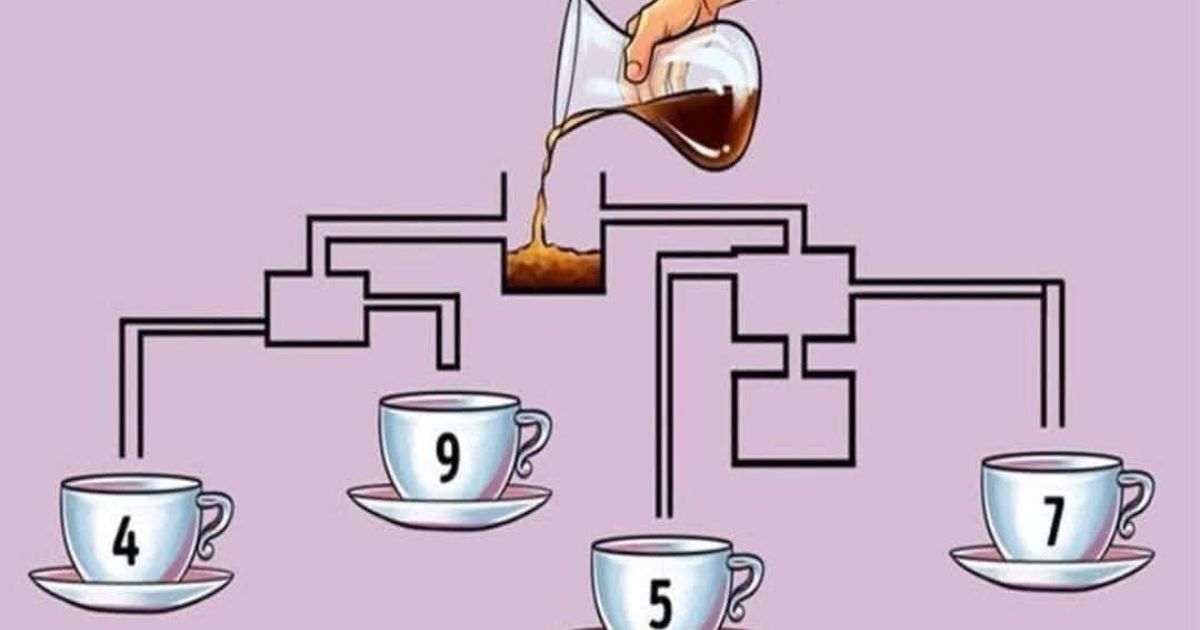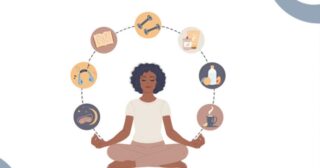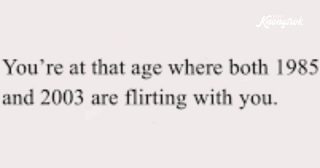The Coffee Cup Puzzle: A Test of Observation and Logic!
Introduction
Puzzles have long been a fascinating way to challenge our minds and encourage creative problem-solving. Among the many intriguing puzzles circulating on the internet, the coffee cup puzzle is particularly interesting because it seems simple at first glance but requires careful observation and logical thinking. The puzzle presents an image of coffee being poured into a system of interconnected pipes leading to four cups numbered 4, 9, 5, and 7. The challenge is to determine which cup will receive the coffee first.

In this article, we will analyze the puzzle in detail, discuss common mistakes people make while solving it, explore the psychology behind why these puzzles captivate us, and conclude with the lessons we can learn from such brain teasers.
Understanding the Puzzle
The coffee cup puzzle presents an illusion of movement. The goal is to trace the path of the coffee from the pouring point to the cups. However, there’s a hidden trick: some of the pathways leading to the cups are blocked, preventing the coffee from reaching them.
To solve the puzzle, we must systematically analyze each pathway.
1.Identify the pouring point: The coffee is poured from the top into a container that has multiple outlets leading to various cups.
2.Trace each possible path: Following the pipes carefully, we see that some paths are blocked.
3.Find the open path: The cup that has an unblocked route and receives coffee first is the correct answer.
Step-by-Step Analysis
•Cup 4: The path leading to cup 4 is blocked at one point, meaning coffee cannot reach it.
•Cup 9: The path to cup 9 is also obstructed, preventing coffee from flowing.
•Cup 5: Upon careful examination, we see that the coffee can freely travel to cup 5.
•Cup 7: The pipe to cup 7 is blocked before the coffee can reach it.
Final Answer: Cup 5
Upon detailed observation, it is clear that cup 5 will receive the coffee first, as it has the only unblocked path.
Common Mistakes People Make
Even though this puzzle seems straightforward, many people get it wrong. Here’s why:
1. Quick Judgments:
Most people instinctively follow the most visually direct route without considering blockages. This leads them to incorrect conclusions.
2. Overlooking the Blockages:
The small black lines blocking some paths are easy to miss. Our brains tend to assume all pathways are open unless we consciously check.
3. Relying on Intuition Rather Than Logic:
When faced with puzzles, we often rely on intuition instead of careful analysis. This puzzle tricks the brain into assuming that coffee will flow evenly to all cups.
4. Confirmation Bias:
If someone suggests an answer, others might quickly agree without verifying it themselves. This psychological tendency to align with what seems commonly accepted leads to incorrect assumptions.
The Psychology Behind Puzzle Solving
Why Are People Drawn to Puzzles?
Puzzles like this one are popular because they challenge our intelligence and reasoning skills. There are a few psychological reasons why such puzzles captivate us:
1. Curiosity and the Need for Closure:
Humans naturally seek answers. When faced with an uncertain situation, our brains push us to find a resolution.
2. The Joy of Problem-Solving:
Solving a puzzle activates the brain’s reward system, releasing dopamine—a chemical associated with pleasure and satisfaction.
3. Cognitive Dissonance:
When we think we know the answer but realize we are wrong, it creates cognitive dissonance—a mental discomfort that forces us to reassess our reasoning.
4. The Challenge of Outsmarting the Puzzle:
People enjoy testing their intelligence. A puzzle that appears simple but requires deeper thinking creates an intellectual challenge that people want to conquer.
Lessons from This Puzzle
Beyond just being an entertaining brain teaser, the coffee cup puzzle teaches us important lessons:
1. Look Beyond the Obvious
The puzzle encourages us to observe carefully rather than making assumptions. In real life, things are not always as they appear. Taking a closer look at situations can lead to better decision-making.
2. Be Detail-Oriented
Success in problem-solving often comes down to noticing the small details. Whether it’s in business, engineering, or daily tasks, paying attention to details can prevent mistakes.
3. Take a Systematic Approach
Rather than guessing, approaching problems methodically—like tracing each path in this puzzle—leads to better solutions.
4. Don’t Rush to Conclusions
Many mistakes happen because we rely on first impressions. Taking time to analyze a problem before making a decision can prevent errors.
Other Similar Brain Teasers
If you enjoyed this puzzle, here are a few similar ones that test observation skills and logical reasoning:
1. The Water Tank Puzzle:
Similar to the coffee cup puzzle, it challenges you to determine which tank will fill up first based on a system of connected pipes.
2. The Missing Number Puzzle:
A series of numbers with a hidden pattern challenges you to find the missing number.
3. The Three Light Bulbs and Three Switches Problem:
A classic puzzle where you have to determine which switch controls which bulb with minimal trials.
4. The Rope Burning Puzzle:
You have two ropes and need to measure exactly 45 minutes. Each rope burns in an unpredictable manner but takes 60 minutes to burn completely.
Conclusion
The coffee cup puzzle is an excellent example of how a simple question can test observation, logical thinking, and attention to detail. At first glance, it appears easy, but only those who take the time to analyze the situation correctly can find the right answer. The ability to slow down, think critically, and examine all possibilities is a valuable skill—not just for puzzles, but for real-life problem-solving as well.
Next time you encounter a puzzle like this, take a moment to look beyond the obvious. The answer might be hiding in plain sight!










